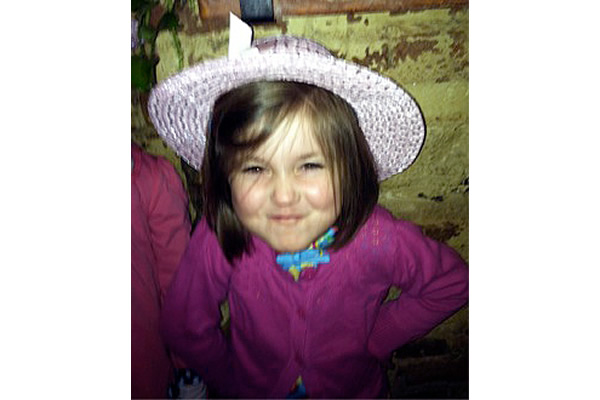
I recently recommended a book to Mary (not her real name), a twelve year-old girl who regularly comes to the library. Mary and I talk about books a lot, and she’s always seemed to like the books I’ve suggested. On this particular visit, I encouraged her to read what I thought was a pretty hilarious book. I told her, “Mary, you’ll love this one. It made me laugh out loud.”
Mary came in a few days later to return the book. “You thought this was funny?” she asked me. “I didn’t laugh at all. I hardly ever laugh at books.”
I was genuinely surprised, but when I thought about it a little more, I realized that most of the books she has liked are ones that have made me cry: See You at Harry’s by Jo Knowles, Bridge to Terabithia by Katherine Paterson, One for the Murphys by Lynda Mullaly Hunt, all books that deal with some sort of loss.
I asked Mary, “Would you rather read a book that makes you laugh or a book that makes you cry?”
“I want a book that makes me cry.”
Each year, I hear parents, teachers, and other librarians comment that Vermont’s Dorothy Canfield Fisher book list for grades 4-8 is packed with incredibly sad books. Sometimes it is just an observation; sometimes it’s a complaint. Since I am part of the selection process for the list, I take these comments to heart. Each year, along with seven other committee members, I’m sent about 20 boxes of books to consider for the list. It’s not that the committee is serious and sad (in fact, the committee is comprised of some of the funniest people I know). It’s just that many of the books that are sent to us are tearjerkers. It’s what’s out there, and it’s what a lot of kids like Mary love to read. Lately, I’ve been wondering why this is.
I recently reread Bridge to Terabithia, which I read and loved as a kid (and as an adult). Bridge to Terabithia deals with death, and over the years many people have questioned how appropriate is for its intended age group.
In many interviews, Katherine Paterson has explained that reading literature about loss can prepare a child for an emotional world. It can also provide young people with a sense of empathy: “The wonderful thing about books is that they allow us to enter imaginatively into someone else’s life. And when we do that, we learn to sympathize with other people. But the real surprise is that we also learn truths about ourselves, about our own lives, that somehow we hadn’t been able to see before.”
I’m not saying kids don’t love to laugh. I’m a firm believer that there is a book for everyone. Some kids, like Mary, love books that make them cry. Others prefer books that make them laugh (like Jeff Kinney’s hilarious Diary of a Wimpy Kid series). I’ve found that the books kids love best are the ones that evoke some sort of emotion, whether it be sadness, fear, or humor. The most powerful books are the books that make us feel something, the books that stay with us even after we’ve turned the last page.
Like Mary, I love middle grade novels that make me cry. I love middle grade novels just in general, because even when they are sad, they never lose their sense of hope. It’s a great message to give to kids that no matter what happens in life, we can get all get through it. There may not always be the perfect happily-ever-after ending, but there is always hope.
Caitlin Corless is a youth services librarian at the Essex Free Library in Essex, VT. An avid reader of middle grade and young adult literature, she is also a middle grade fiction writer and a member of the Dorothy Canfield Fisher Book Award Committee.
Photo by Edson Fell via Creative Commons.




As a pediatrician and a father, I couldn’t agree more with this article. Death, dying and loss are sadly a reality of life, and preparing children for these events is important. Books are a way to learn about the world and fiction allows them to do it in an imaginative and engaging way. When I was a resident working on the oncology ward I came across a girl reading John Green’s The Fault in Our Stars and asked her if it was hard to read a book about cancer. She said, “No, it’s like having a friend going through the same thing.”